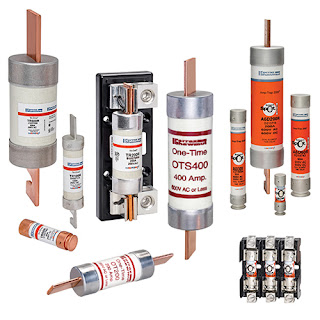Get Your MITs on Megger’s Tough New Insulation Testers!
Capable of providing accurate measurements up to 10 TΩ for 5 kV versions and 20 TΩ for 10 kV versions and having facilities for IR, IR(t), PI, DAR, DD, SV and ramp tests, Megger’s new high-voltage insulation resistance testers (IRTs) offer exceptional versatility in a compact, rugged and light unit that weighs little more than half as much as its predecessors.
The new instruments also provide enhanced productivity – they can be used from an AC source even when their internal rechargeable battery is fully discharged – and they are capable of delivering dependable results even in noisy electrical environments, such as electricity substations, with noise levels up to 3 mA.
Three new testers
Megger’s new IRTs are available in three versions. The MIT515 5 kV insulation resistance tester is an entry-level 5 kV test set which offers insulation resistance (IR), timed insulation resistance (IR(t)), dielectric absorption ratio (DAR) and polarisation index (PI) test modes.
The MIT525 5 kV insulation resistance tester, which is also a 5 kV unit, adds facilities for dielectric discharge (DD), step voltage (SV) and ramp diagnostic testing, as well as a large-capacity internal memory for storing time and date stamped test results, which can subsequently recalled to the display or downloaded to a PC via the instrument’s electrically isolated USB interface. Real-time output of results during tests is also supported. The MIT1025 10 kV insulation resistance tester offers the same facilities as the MIT525, but is a 10 kV unit.
The MIT515 and MIT525 allow tests to be carried out at five pre-defined voltages from 250 V to 5 kV, while the MIT1025 provides pre-defined test voltages from 500 V to 10 kV. All models allow an additional user-defined ‘lock’ voltage to be set, a specific voltage range to facilitate repetitive measurements to guard against excessive test voltages being applied to sensitive equipment.
- Small, light and sophisticated
- PI, DAR, DD, SV and ramp test
- Improved productivity – operate from line power/mains if battery dead
- Li ion battery - extended capacity, rapid charge
- Advanced memory with time/date stamp
- CATIV 600 V safety rating
The new instruments also provide enhanced productivity – they can be used from an AC source even when their internal rechargeable battery is fully discharged – and they are capable of delivering dependable results even in noisy electrical environments, such as electricity substations, with noise levels up to 3 mA.
Three new testers
Megger’s new IRTs are available in three versions. The MIT515 5 kV insulation resistance tester is an entry-level 5 kV test set which offers insulation resistance (IR), timed insulation resistance (IR(t)), dielectric absorption ratio (DAR) and polarisation index (PI) test modes.
The MIT525 5 kV insulation resistance tester, which is also a 5 kV unit, adds facilities for dielectric discharge (DD), step voltage (SV) and ramp diagnostic testing, as well as a large-capacity internal memory for storing time and date stamped test results, which can subsequently recalled to the display or downloaded to a PC via the instrument’s electrically isolated USB interface. Real-time output of results during tests is also supported. The MIT1025 10 kV insulation resistance tester offers the same facilities as the MIT525, but is a 10 kV unit.
The MIT515 and MIT525 allow tests to be carried out at five pre-defined voltages from 250 V to 5 kV, while the MIT1025 provides pre-defined test voltages from 500 V to 10 kV. All models allow an additional user-defined ‘lock’ voltage to be set, a specific voltage range to facilitate repetitive measurements to guard against excessive test voltages being applied to sensitive equipment.


Comments